
gearr short + abhainn Scottish Gaelic river. Population - 6,450.
 UK
>
Scotland
>
South Ayrshire
UK
>
Scotland
>
South Ayrshire
May 2024+
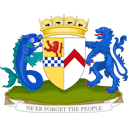
It's a rollercoaster of a ride in and down on the A714 with Girvan and its beach glistening in the distance below.
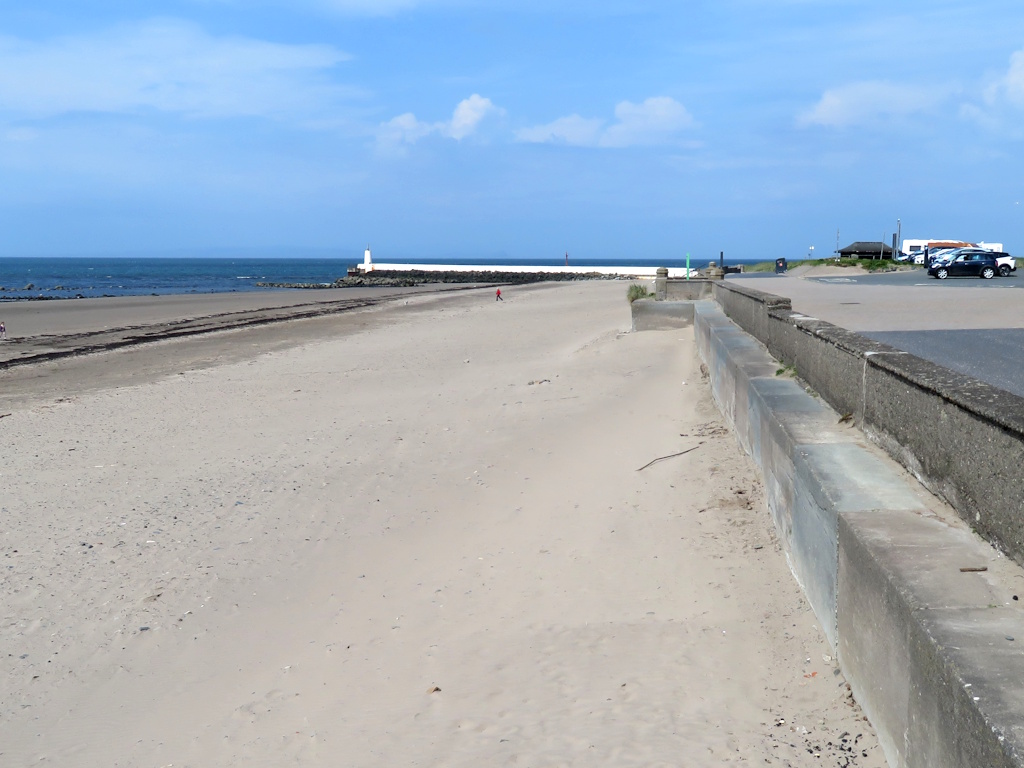
Not just any old beach, though, this is part of the Galloway and Southern Ayrshire UNESCO™ Biosphere and, as should be known by now, they don't hand them awards out willy-nilly.
The beach is the reason sunseekers started coming with the railway in the 1850s but is slightly too far south to be considered the 'Costa Clyde'. Ayr did and still gets most of this stretch of Scotland's coast's attention, not that there's an awful lot left to write home about.
Not since you lot went jetting off to Torremolinos with Thomson™s in the '70s and it was either rampant opportunism or an entirely different climate when some Victorian bloke woke one morning and thought "I've got a good idea."
Pockets of people still do come as evidenced by the handful of RVs parked near the beach and the Tourist Information soldiers on by flogging knick-knacks.
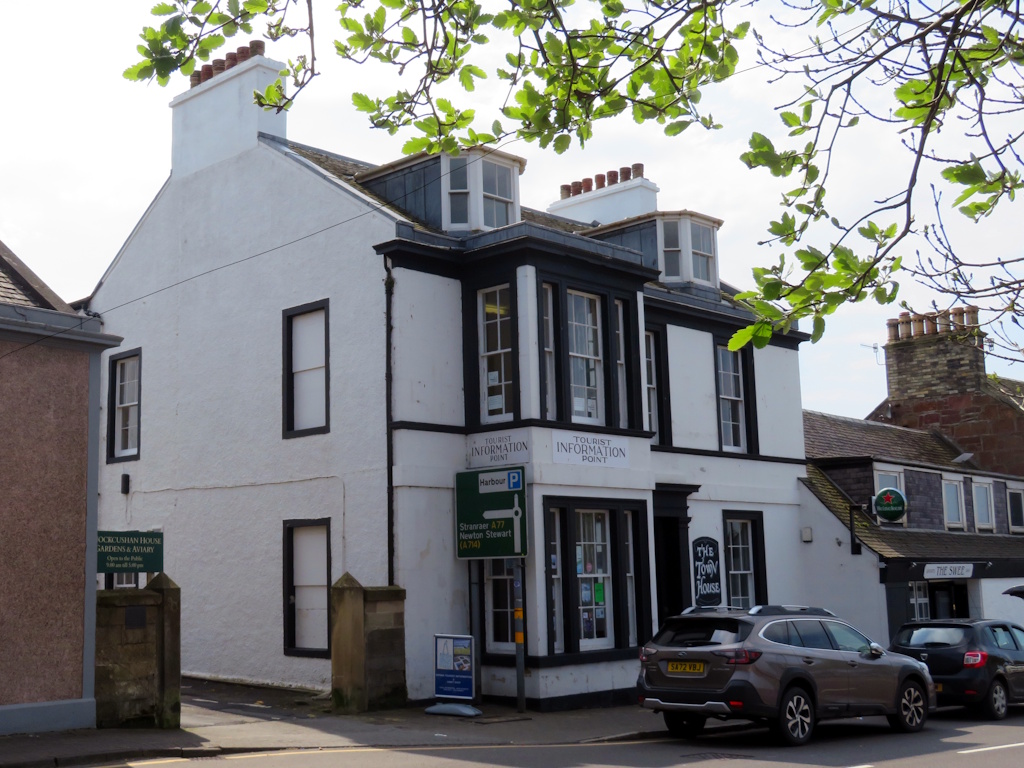
Hiking types can haul themselves up into the surrounding hills and with the sun out, this could be worthy of an 'overnighter'?
Just like Ayr, Girvan's beach is guarded by a big ol' grassy expanse, which is still overseen by the odd guest house. No Vacancies? Really?

A word of caution, though, there'll be no practising your pitchy-putt putt on here and it looks like a different type of driving was possibly responsible for the wonky warning?
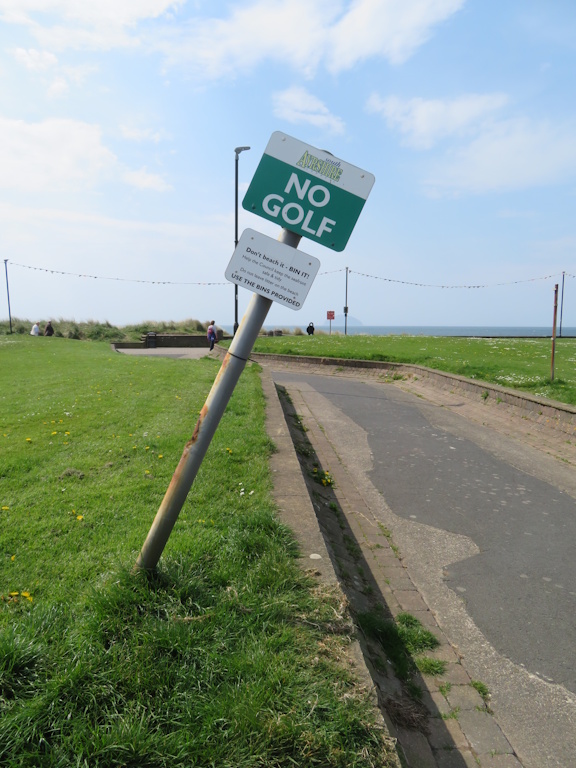
If you do fancy a round, windy links serve the area pretty well and Turnberry is less than five miles along the road. If you can afford to stump up for tee time with President, again, Trumper, then you're highly unlikely to have stopped here in Girvan.
Water features heavily behind the beach in the forms of a non-functioning fountain and a boating pond complete with treasure island.
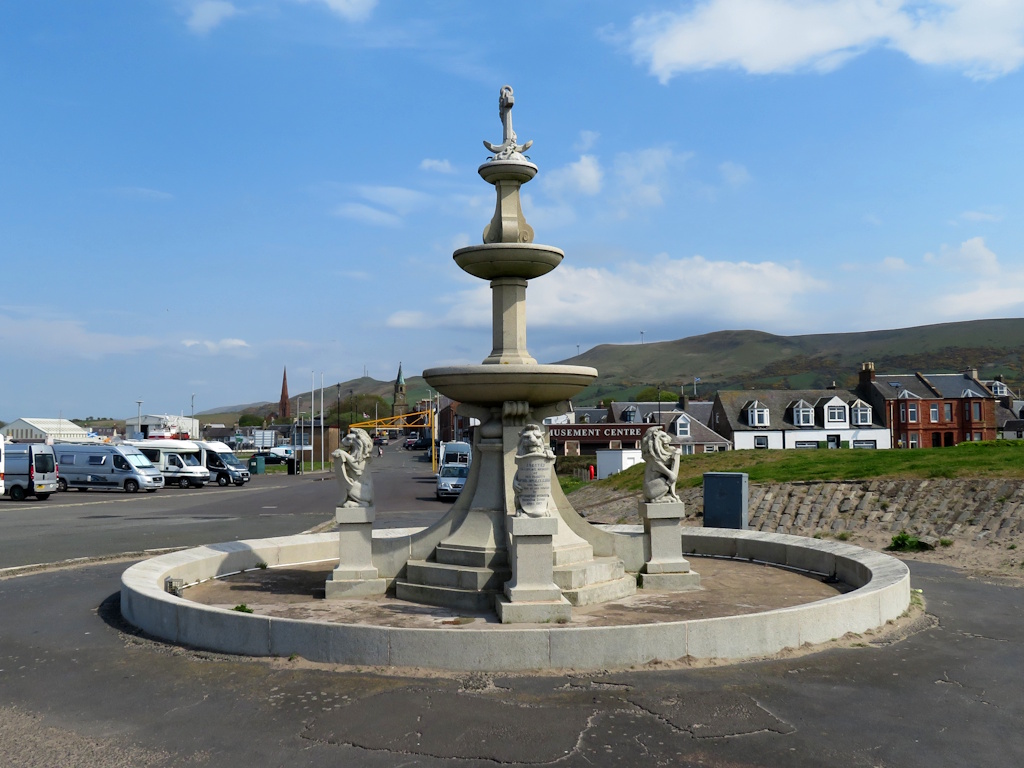
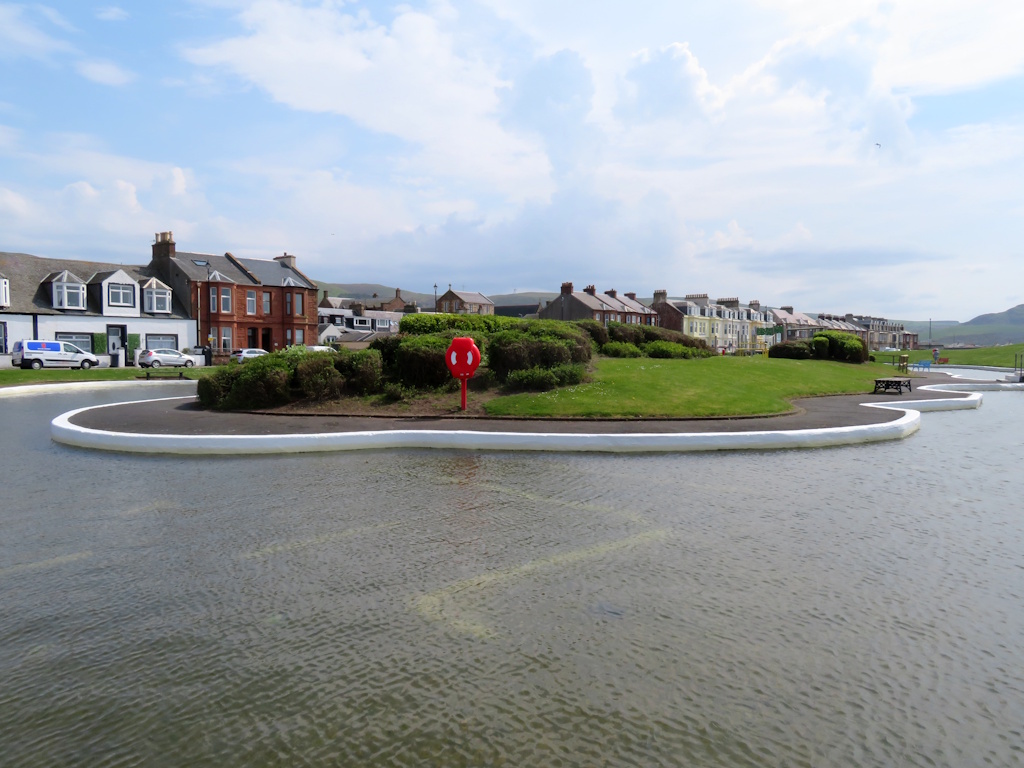
The spouting font was erected in 1927 in memory of family members, demise unknown, by a grieving individual who perhaps just wanted to share her sadness?
These memorials are often 'gifted' to a town and while the good people of Girvan were sympathetic, no doubt, they might have preferred some flushing lavs back then?
Girvan's leading landmark is an old clock tower, technically a steeple, that's not quite what it seems.
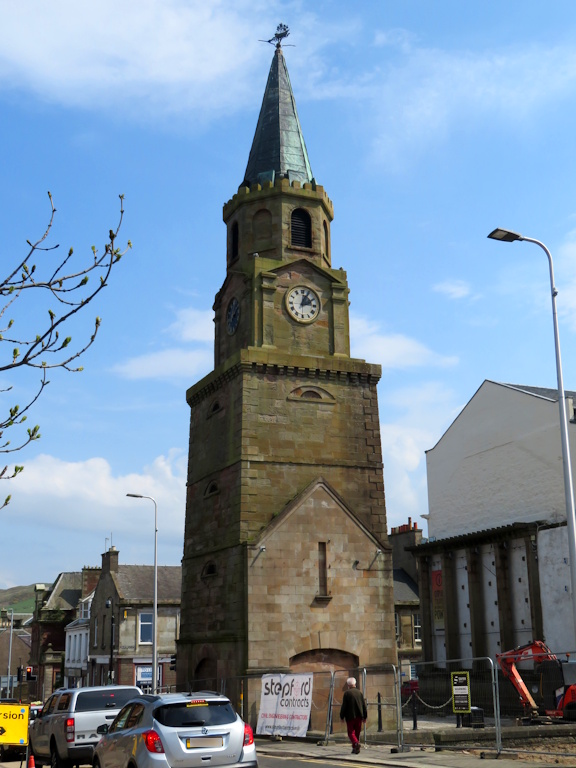
'Stumpy' Tower is what's left of a larger layout that dominated proceedings, proceedings of a judicial nature. 'Auld Stumpy' was the town's jail, you see, three floors there and the naughtier the higher.
Stumpy marks the start of the high street, or Dalrymple Street if you'd rather, which is largely serviceable but still has room for a number of knick-knacks. Midway along the workaday, however, is the typical Scottish Baronial, it says here, style of the eye-catching McKechnie Institute, whose presence is a particular stand out.
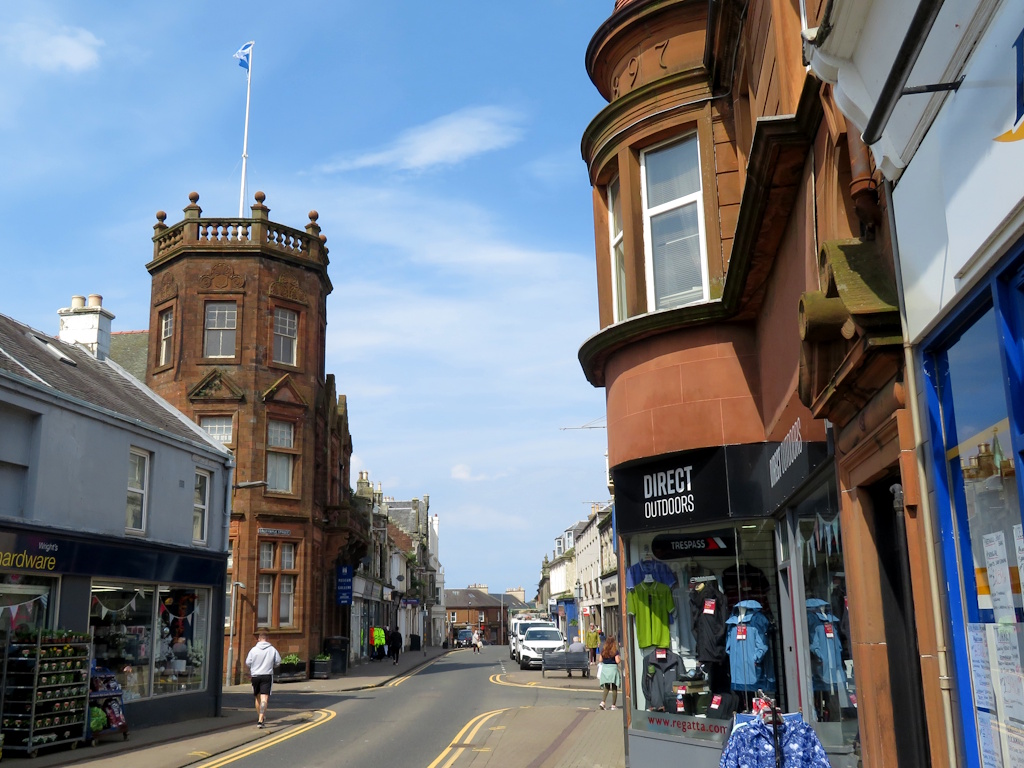
Home to artsy and historical artefacts, the building was gifted to the town, this time to quench the everyman's, everyday thirst for knowledge and not no frivolous fountain.
The grand, whitewashed property at the end is the local tandoori but the 'overnighter' will have to wait because it looks to be closed.
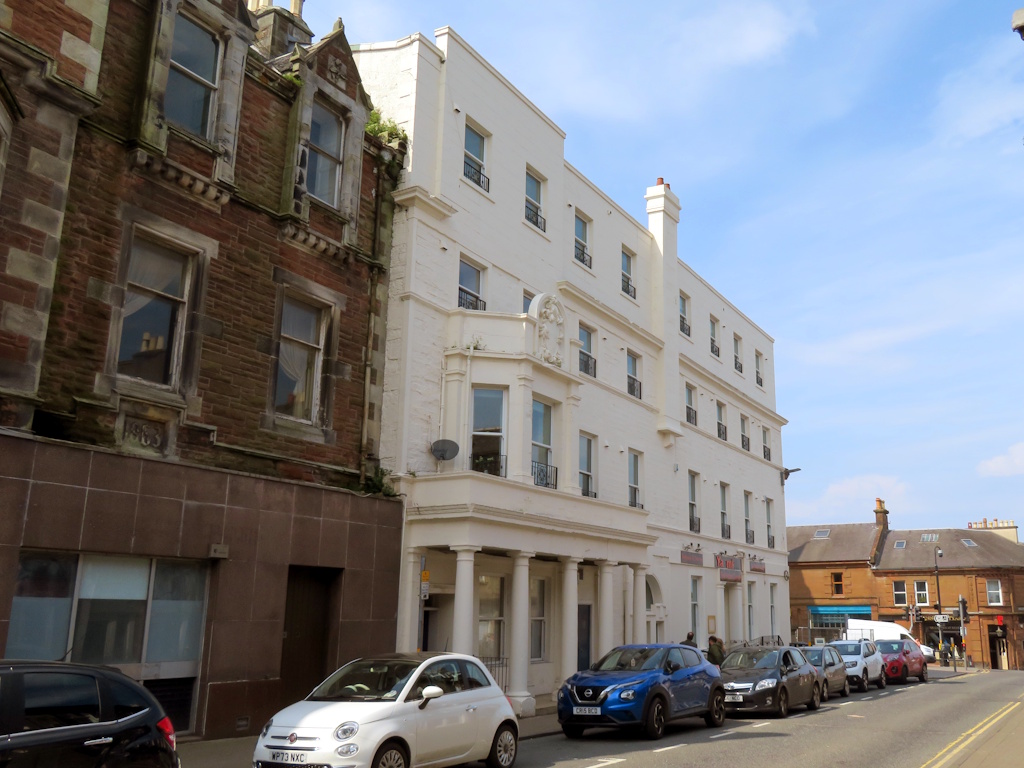
It can only now be confirmed that it is open for business so the overnighter is back on, they just need to sort out the shabby signage.
Applying some gloss shouldn't be an issue, simply head down to see Jamie MacDonald, a traditional sign writer and decorative artist who operates from a premises that has the front to be called Girvan a Damn.
Now, we're big fans of all things artisan although we have no immediate hankering for a hand-painted facade. 'Girvan a Damn' though? Sounds like a classic case of somebody coming up with the name first, right Jamie?
Places like the McKechnie Institute were often provided to keep idle fisherfolk off the sauce and that's idle, by the way, as in not working and not work-shy since, even back then, the herring shoals and weather could be erratic.
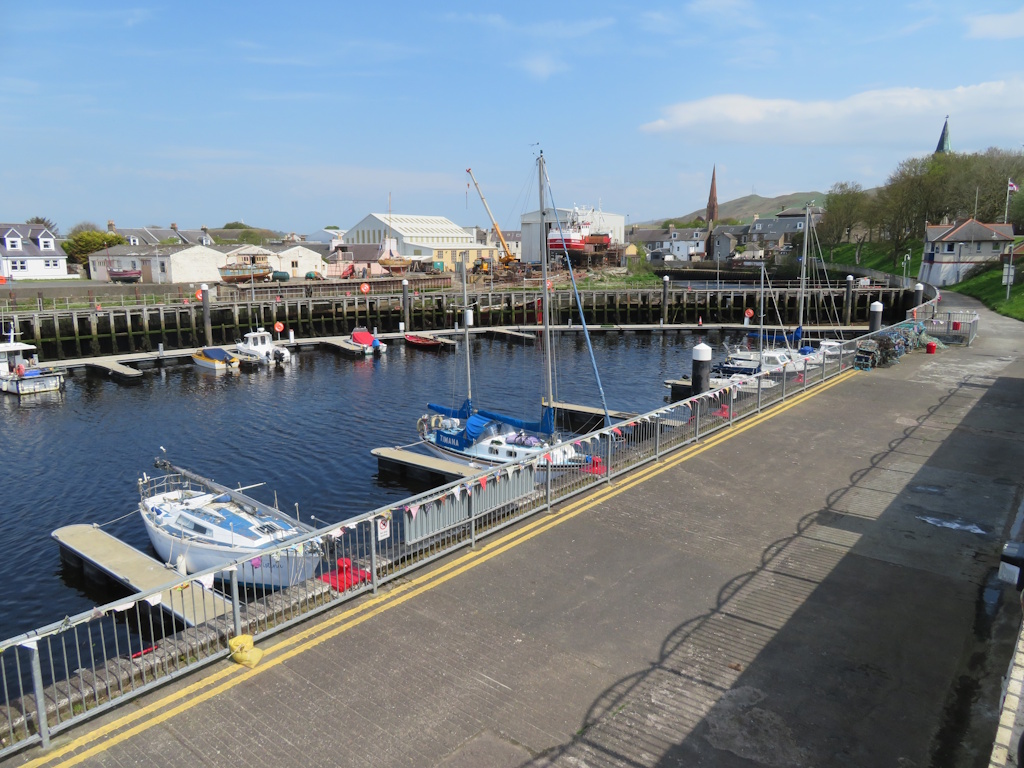
A small fleet still operates out of the harbour where the water is largely given over to the leisurely, these days. There's no longer a ferry, neither, but boats set sail to see Ailsa Craig. Ailsa what?
It looks like this from the beach and more like this when you get up close - thanks Mary and Angus .
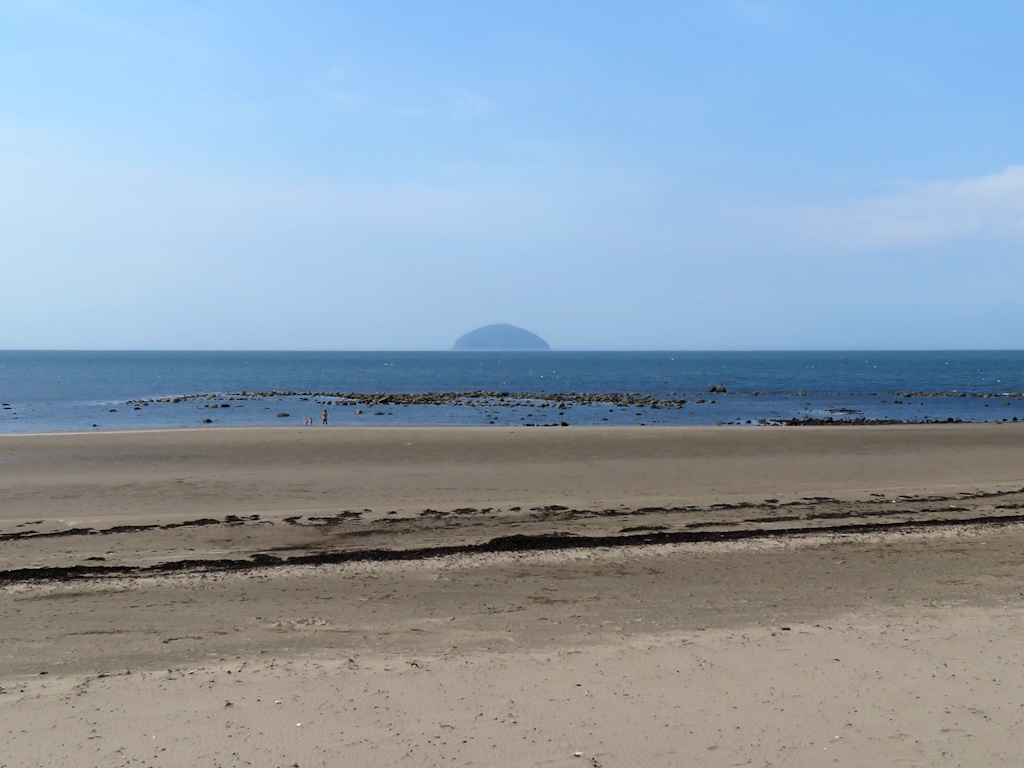
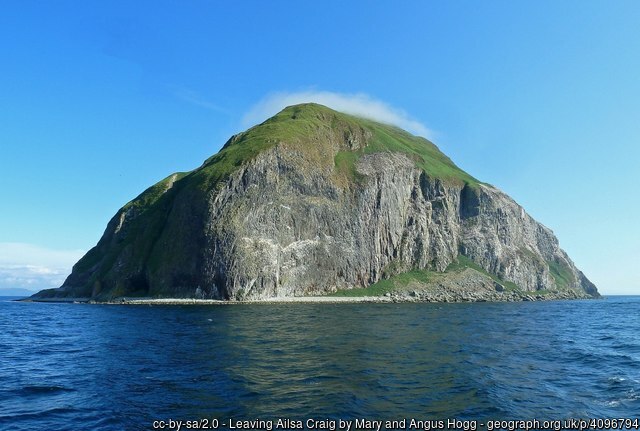
A hardened lump of magma nearly ten miles offshore that guards the start of the Firth of Clyde and Girvan claims to be the gateway to it. Not, as there usually are, one of several gateways depending on your direction, they've hogged this themselves so fine work fellas, or lovely work ladies, at the Girvan tourist board.
It's unlikely that you've ever been curling but when you eventually do, every single slidy stone was ground from the Craig's granite. A religious retreat over the ages, it's now uninhabited, which is just as well when the dynamite detonates as they harvest, yes 'harvest', the rock.
Uninhabited, that is, unless you count the gannets, dutifully done and somebody says they got to 70,000. Frequently flying 15 miles to the Isle of Arran to dive and feed in the shallower shores, it's a spectacular sight just not here and just not today.
If you do take a trip to Ailsa Craig, look back at the land to see if you can see Sawney Bean's old house. Sawney Bean?
Born in Edinburgh at an unspecified time, Alexander Bean declared himself at an early age to be unsuited to manual labour and eloped to the south-west coast with a lady who may have been a witch, they say.
Robbing unsuspecting travellers became their sole source of income but to avoid the authorities, the corpses were hauled to a cave... to be eaten!
Yes, they lived in a cave and 14 children and over 30 grandchildren all developed a taste for the flesh. More closely related than most families might like, a quarter of a century later and 1,000 victims could be counted, they also say.
Only when one intended target who was packing a pistol escaped were the Beans eventually captured, the cave strewn with bones, hanging human body parts and pickled bits in barrels.
'Sawney' is a clue in that it was a disparaging name for a Scotsman and these events are said to have happened anytime between the 15th and 17th centuries. The portrayal of Scots as savages became fashionable after the Jacobite rebellions so this stinks of a straightforward case of some formative fake news from the English.
Or was it?
Having digested those facts, it's time for some sustenance so, back at the harbour, how about Only Food and Sauces?
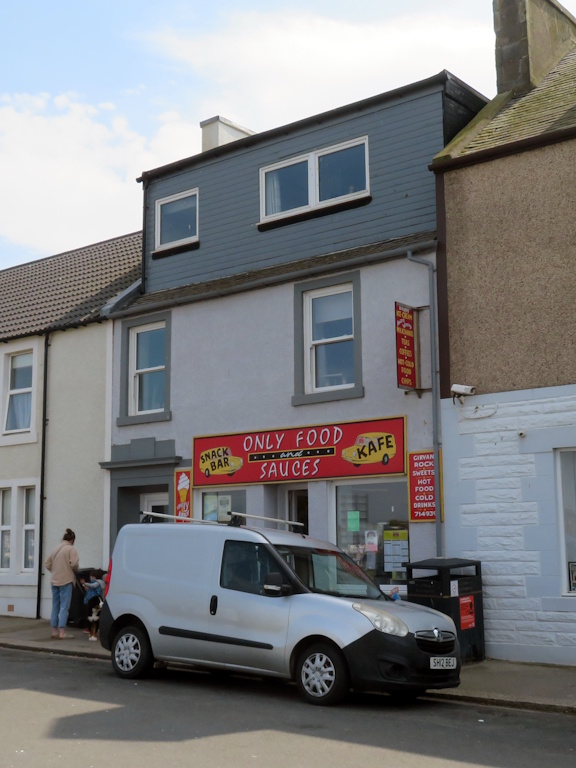
Only Food and Sauces! Come on! There's no discernable connection with Peckham or South London but what's that you ask?
Dae yi'll waant pickled onions wi' that?
Pickled onions? Erm, no thanks.
